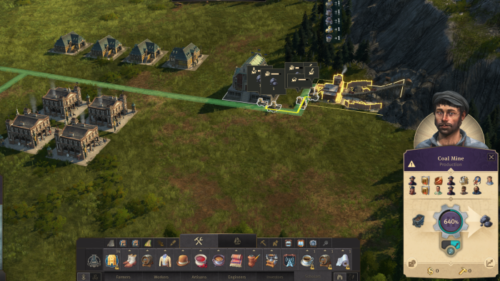

Some have claimed that the raid constituted a war crime. Critics of the bombing have asserted that Dresden was a cultural landmark with little strategic significance, and that the attacks were indiscriminate area bombing and were not proportionate to the military gains.

Several researchers assert that not all of the communications infrastructure, such as the bridges, were targeted, nor were the extensive industrial areas which were located outside the city centre. Two United States Air Force reports, published in 1953 and again in 1954, defended the operation as the justified bombing of a strategic target, which they noted was a major rail transport and communication centre, housing 110 factories and 50,000 workers in support of the German war effort.

Despite the current understanding of the ability of Nazi Germany to continue the war, at the time, Allied intelligence assessments over emphasized the danger of the Russian advance faltering or the establishment of a Nazi redoubt in Southern Germany (see Alpine Fortress). Post-war discussions of whether the attacks were justified, and the tens of thousands of civilians killed in the bombing, have led to the event becoming one of the moral causes célèbres of the war. Three more USAAF air raids followed, two occurring on 2 March aimed at the city's railway marshalling yard and one smaller raid on 17 April aimed at industrial areas. An estimated 22,700 to 25,000 people were killed. The bombing and the resulting firestorm destroyed more than 1,600 acres (6.5 km 2) of the city centre. In four raids between 13 and 15 February 1945, 772 heavy bombers of the Royal Air Force (RAF) and 527 of the United States Army Air Forces (USAAF) dropped more than 3,900 tons of high-explosive bombs and incendiary devices on the city. The bombing of Dresden was a joint British and American aerial bombing attack on the city of Dresden, the capital of the German state of Saxony, during World War II. Dresden from the Rathaus (city hall) in 1945, showing destruction.


 0 kommentar(er)
0 kommentar(er)
